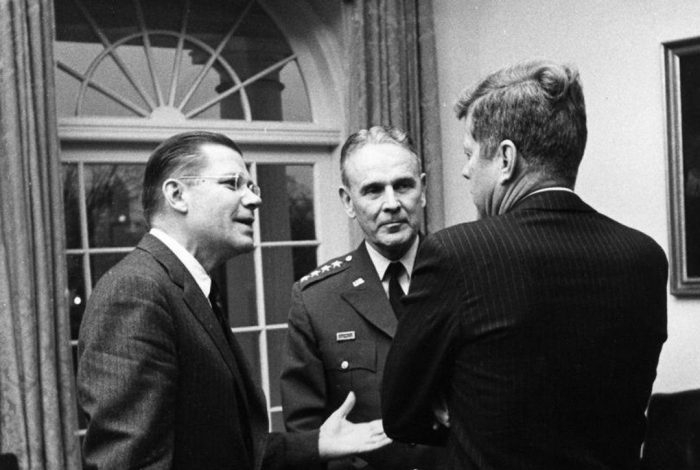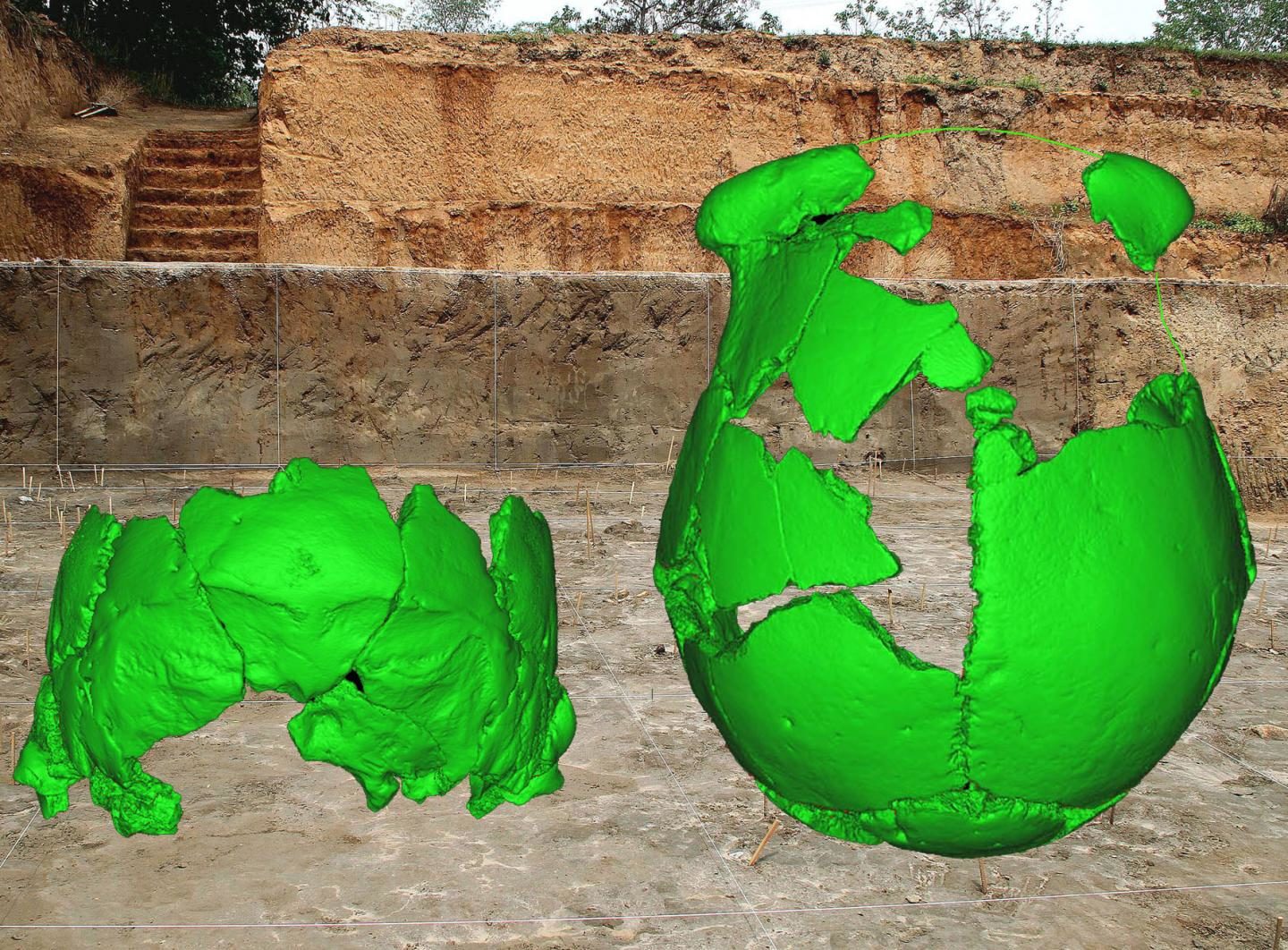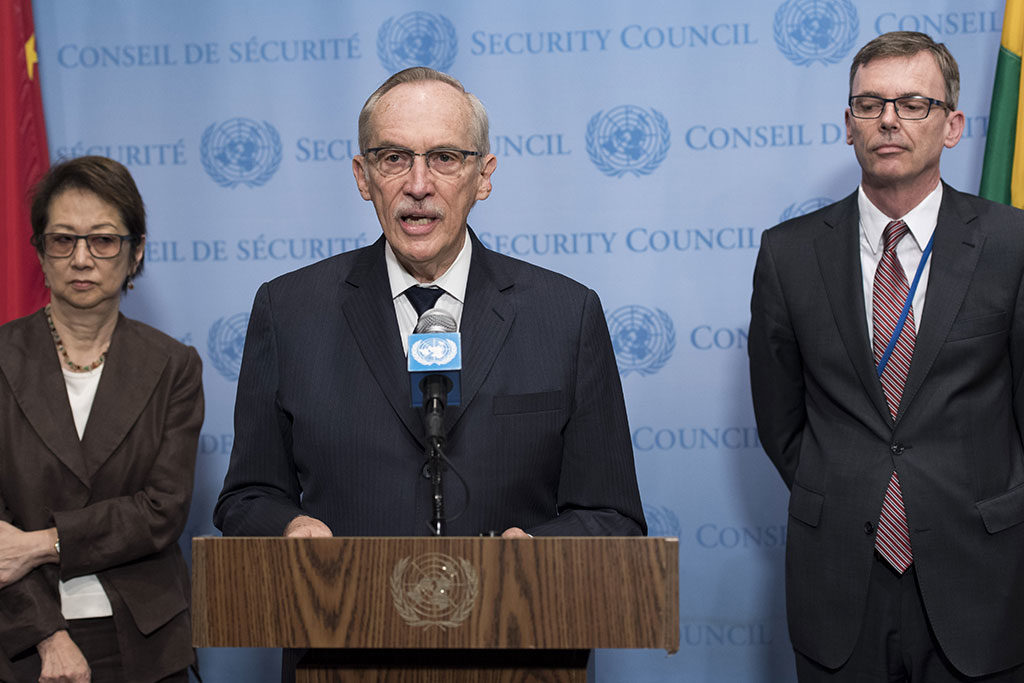(Author's note: In this article I rely heavily on the evidence cited in the research of Mark Tauger of West Virginia University. Tauger has spent his professional life studying Russian and Soviet famines and agriculture. He is a world authority on these subjects, and is cordially disliked by Ukrainian nationalists and anticommunists generally because his research explodes their falsehoods.)
The Ukrainian nationalist film "Bitter Harvest" propagates lies invented by Ukrainian nationalists. In
his review Louis Proyect propagates these lies.
Proyect cites Jeff Coplon's 1988
Village Voice article "
In Search of a Soviet Holocaust: A 55-Year-Old Famine Feeds the Right." In it Coplon shows that
the leading "mainstream" anticommunist Western experts on Soviet history rejected any notion of a deliberate famine aimed at Ukrainians. They still reject it. Proyect fails to mention this fact.
There was a very serious famine in the USSR, including (but not limited to) the Ukrainian SSR, in 1932-33. But there has never been any evidence of a "Holodomor" or "
deliberate famine," and there is none today.
The "Holodomor" fiction was invented in by Ukrainian Nazi collaborators who found havens in Western Europe, Canada, and the USA after the war. An early account is Yurij Chumatskij,
Why Is One Holocaust Worth More Than Others? published in Australia in 1986 by "Veterans of the Ukrainian Insurgent Army" this work is an extended attack on "Jews" for being too pro-communist.



Comment: Also see: